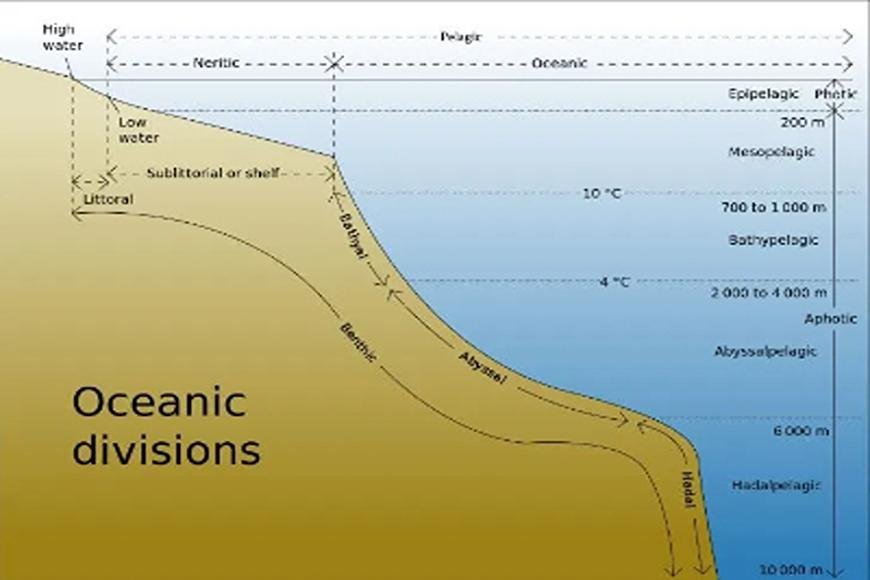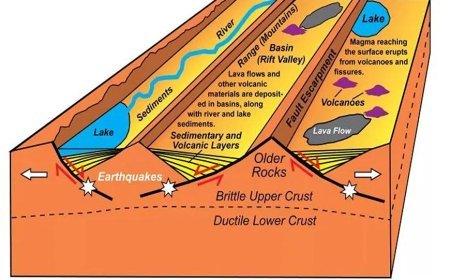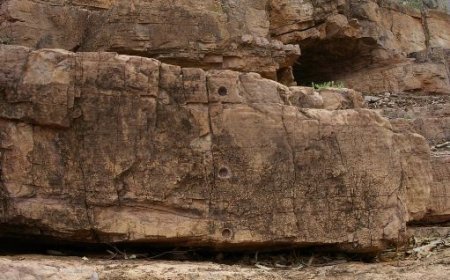MARINE GEOLOGY
From Mid-Ocean Ridges to Ocean Trenches: Marine Geology dives deep to understand the Earth's history and structure beneath the sea.

Marine Geology
- This is a study of the past and structure of the ocean floor. It is also called geological oceanography.
- Geophysical, geological, sedimentological, and paleontological methods are used to study the ocean floor and the area around the coast.
- Marine geology is linked to geophysics and physical oceanography.
- The study of marine geology was very important in the years after World War II because it gave us important proof for seafloor spreading and plate tectonics.
- The last big area that hasn't been explored much is the deep ocean bottom.
- A lot of mapping is being done to help with both military (submarines) and business (oil and metal mining) goals.
Oceanography
- From a technical point of view, oceanography, which is also called oceanology, is the study of the seas.
- This important Earth science subject looks at things like ecosystem dynamics, waves, ocean currents, and geophysical fluid dynamics.
- It also looks at the geology of the bottom and plate tectonics, as well as the flow of different chemical substances and physical properties inside and outside the ocean.
- Astronomy, biology, chemistry, climate, geography, geology, hydrology, weather, and physics are just some of the fields that oceanographers use to learn more about the world ocean.
- Palaeoceanography is the study of how the seas have changed over time.
- The oceanographer is a scientist who studies the world's oceans. They may study marine geology, physics, chemistry, or biology.
Modern Oceanography
- The seas only knew about the top few fathoms of water and a small part of the bottom, mostly in shallow areas.
- Almost nothing was known about how deep the ocean was.
- Around the middle of the 1800s, the British Royal Navy tried to make a map of the world's coasts. This supported the vague idea that most of the ocean was very deep, but it didn't reveal anything else.
- People and scientists are interested in the secrets of the uncharted oceans in the same way that exploration interested people in the polar areas and Africa.
- In the late 1800s, people and organizations from other Western countries, as well as other Western nations, went on research trips. In 1882, Albatros, the first oceanographic ship built just for that reason, set sail. In 1893, Fridtjof Nansen let his ship, Fram, get stuck in Arctic ice.
- This let him gather information about the oceans, weather, and stars from a set point in time.
What's Your Reaction?



































